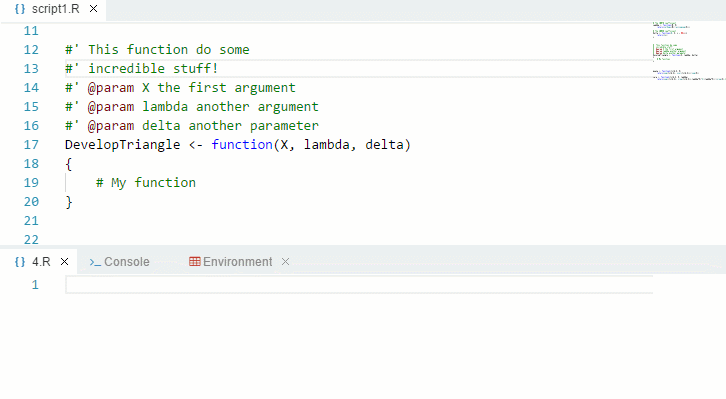

Python is great for mathematical functions and big data. R vs Python for Data Science 🔗īoth languages are popular for data science, it just depends on what kind of data science you’re doing. However, if you work, or want to work, with statistics, then head straight to R. Overall, Python is a better beginner and expert language if you want diverse career options and want to add a stable and safe language to your tool belt. If you’re secure in the idea of being a statistician or working primarily with statistics, then it doesn’t get better than this. R isn’t as versatile as Python, but every aspect of this language is geared towards statistical programming and making statistical analysis and visualization fluid and painless. R’s real strength though comes from its focus on statistics. R is ideal for creating lightweight statistical models and comes with plenty of ready-to-go features like premade tests and models. However, if you have experience coding then it shouldn’t pose too much of an issue.

It’s beginner-friendly… at least at first, but once you start getting into the more advanced territory it gets tricky. R differs in its simplicity and versatility. It can also be used as a scripting language, which automates the execution of tasks, perfect for back-end development. And this especially works well with experimental fields like machine learning, where you need to craft new programs and prototypes. Python is a general-purpose language, so in theory, you can create anything you want. Python’s biggest advantages are its versatility, how easy it is to learn, and how employable knowing Python makes you. Even as you progress on to more advanced techniques, they’re still just as easy to pick up.
#Python faste rcode code
Python also comes with an overstuffed standard library, perfect for crafting easy code and debugging. It reads like English and uses indentation to show meaning, rather than brackets, mimicking natural writing.

Python was designed to be simple yet strong, and as a result, it’s easy to read and intuitive. Python is praised as a beginner language, but it’s useful for all skill levels. Start the Back-end Career Path R vs Python: Which is easiest to learn and more versatile? 🔗 First, I’ll lay out how each language works for beginners and experts, then break down salary, performance, which is best for data science, machine learning, and you! So, we have one multi-functional language and one specific, now it’s time to see how they compare. It was developed solely for statistical computing and has become an incredibly popular language for data science. R is actually the implementation – or modernized – form of the S programming language, which was developed in 1976 to “turn ideas into software, quickly and safely”. Named after its creators, Ross Ihaka and Robert Gentleman, R first appeared in 1993 while Ihaka and Gentleman were at the University of Auckland, as an open-source, multiparadigm, dynamically typed programming language. R, on the other hand, took a more personal touch to naming. Python was released in 1991 with multiparadigm, open-source, and dynamic typed properties, and has since become a key choice for back-end web development, data science, and machine learning. Named after the British comedy group Monty Python, Python is a high-level, procedural, general-purpose programing language designed by Dutch computer scientist Guido van Rossum. But what sets these languages apart from each other? Python vs R Compared 🔗 Python 🔗 Python and R made a name for themselves as top-end competitors in the world of data science for their ability to seamlessly navigate and handle data.


 0 kommentar(er)
0 kommentar(er)
